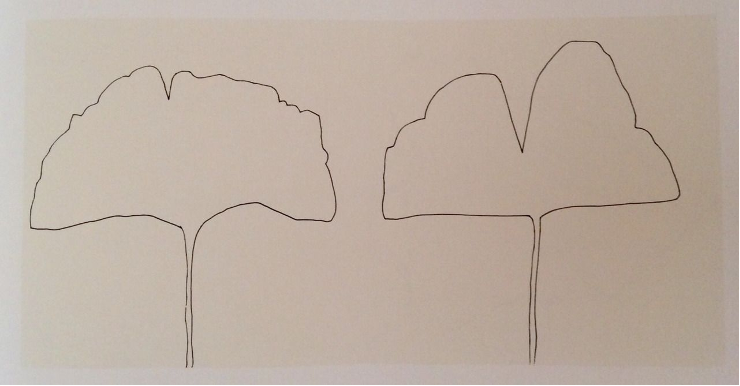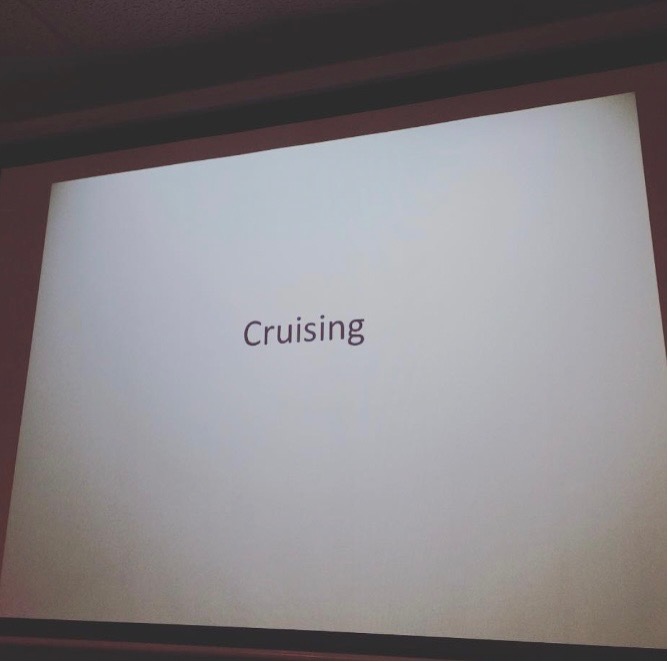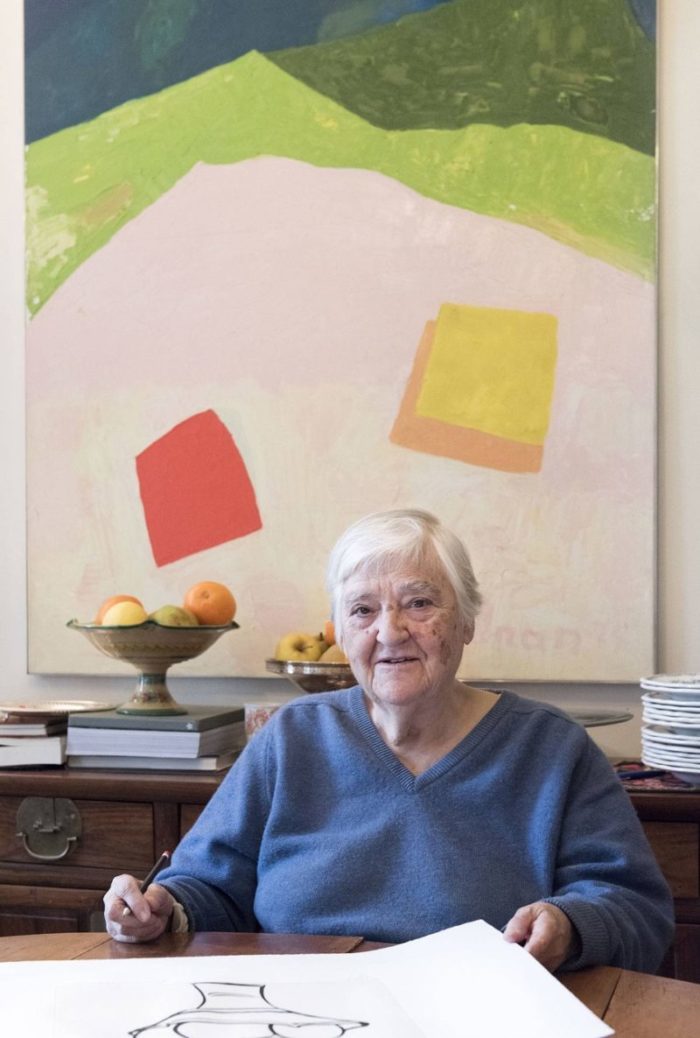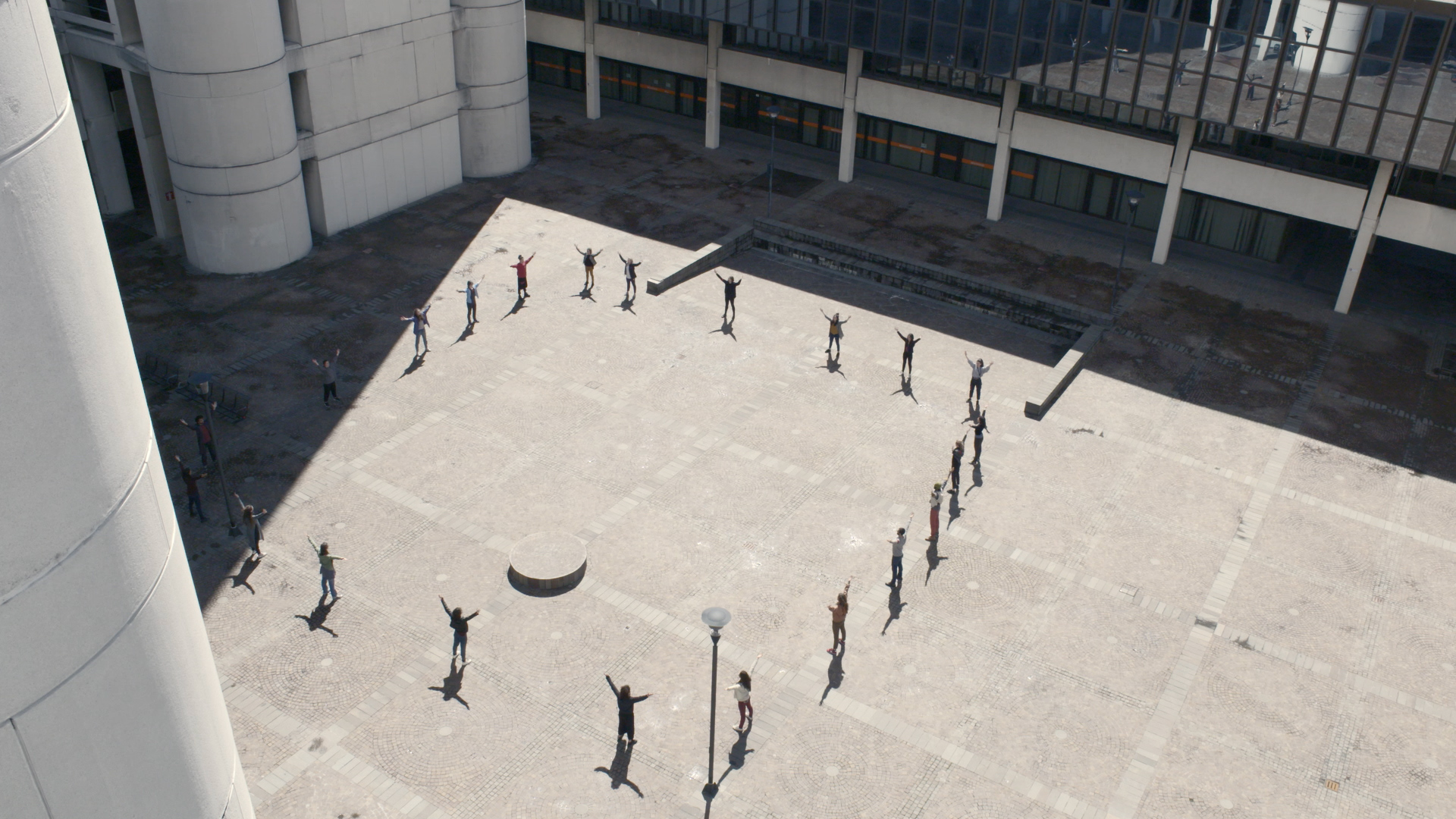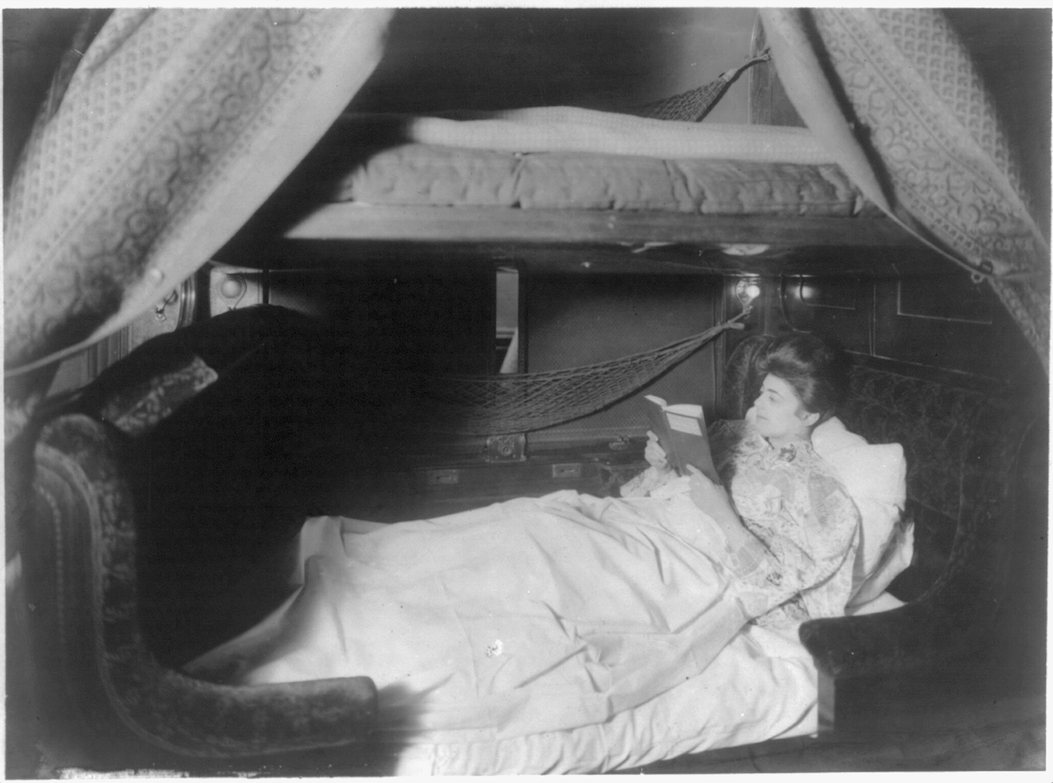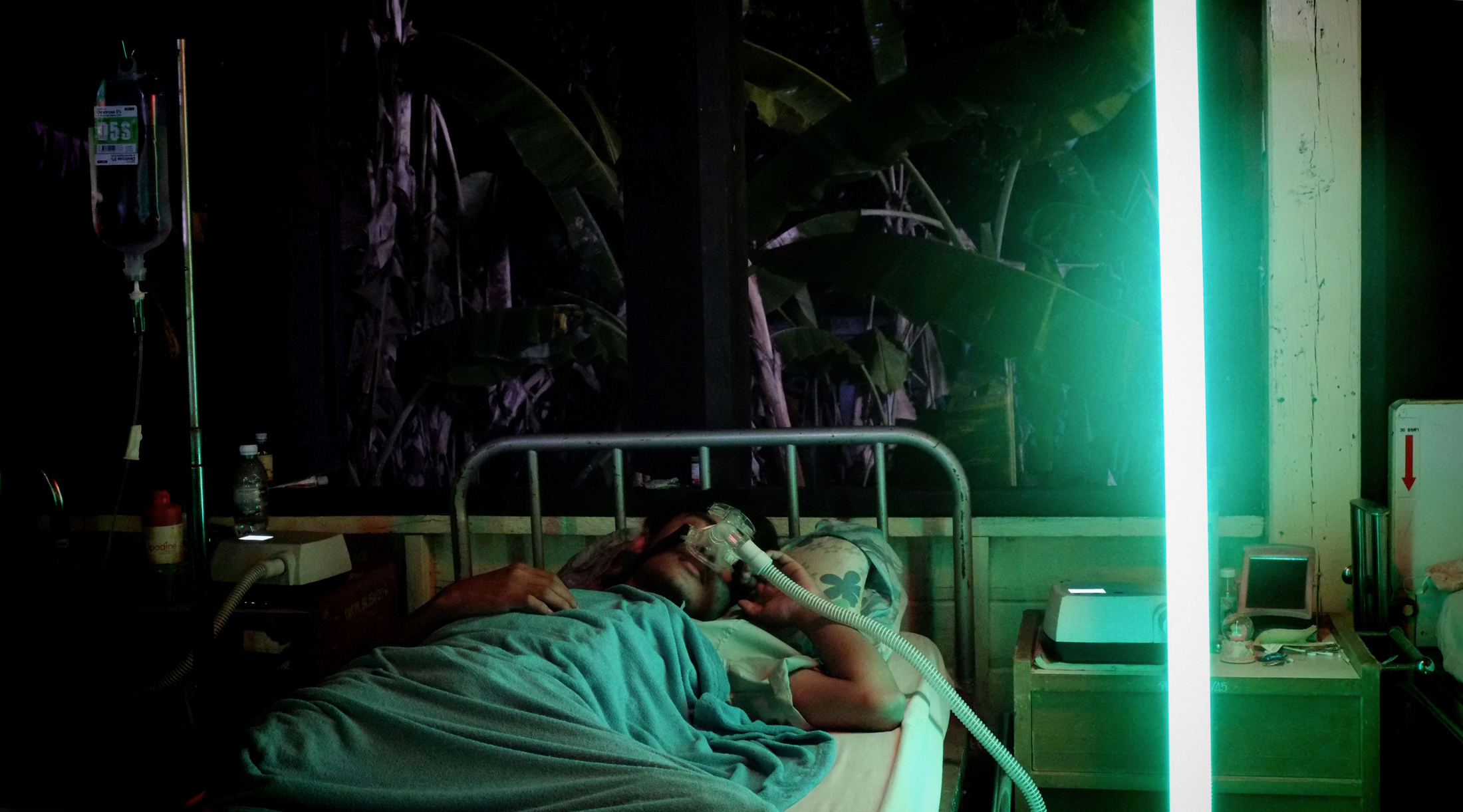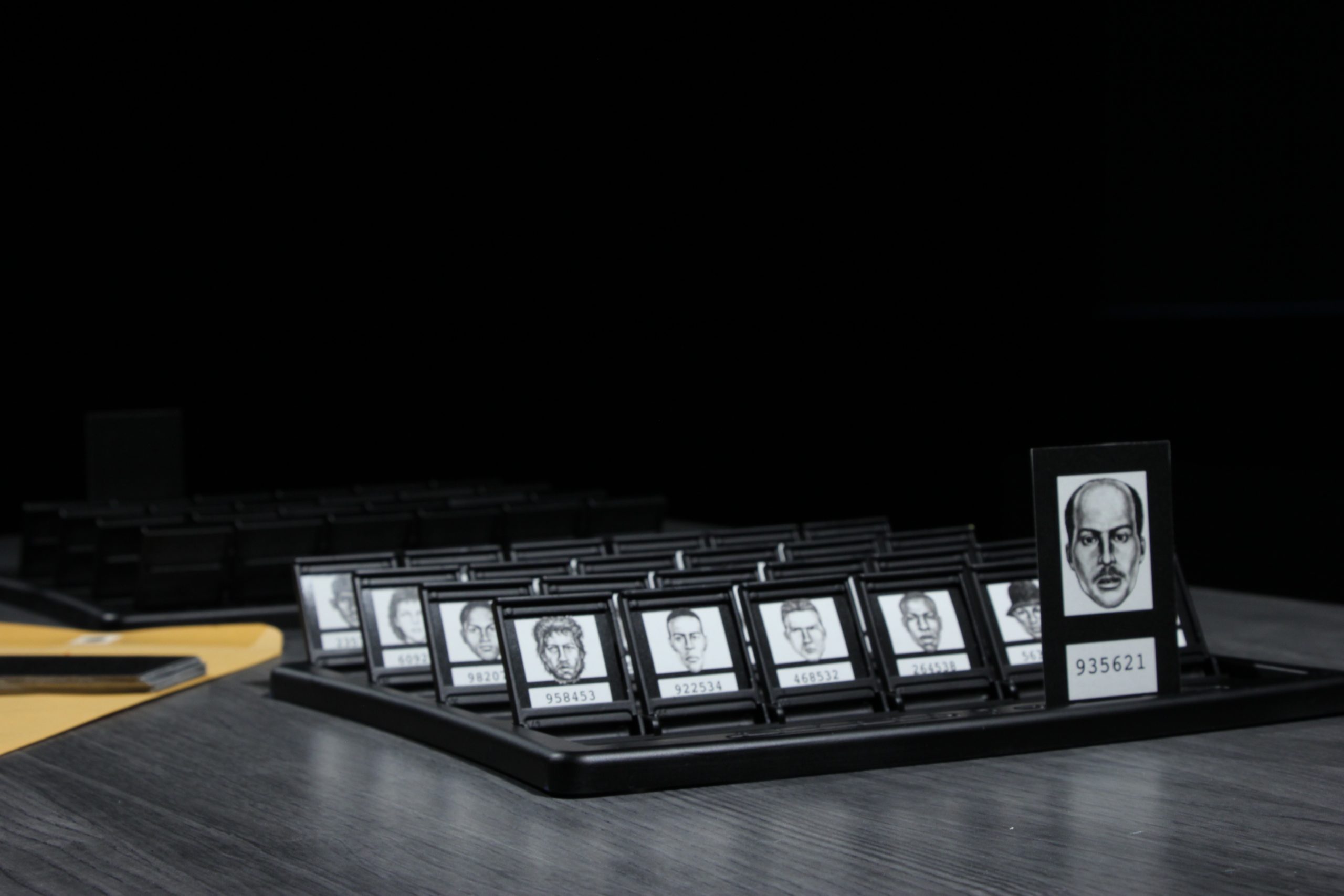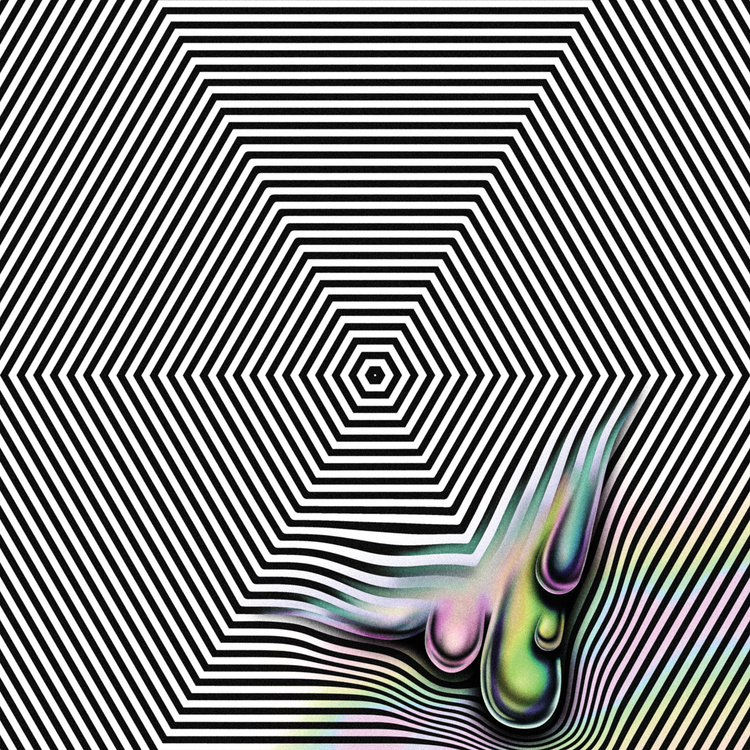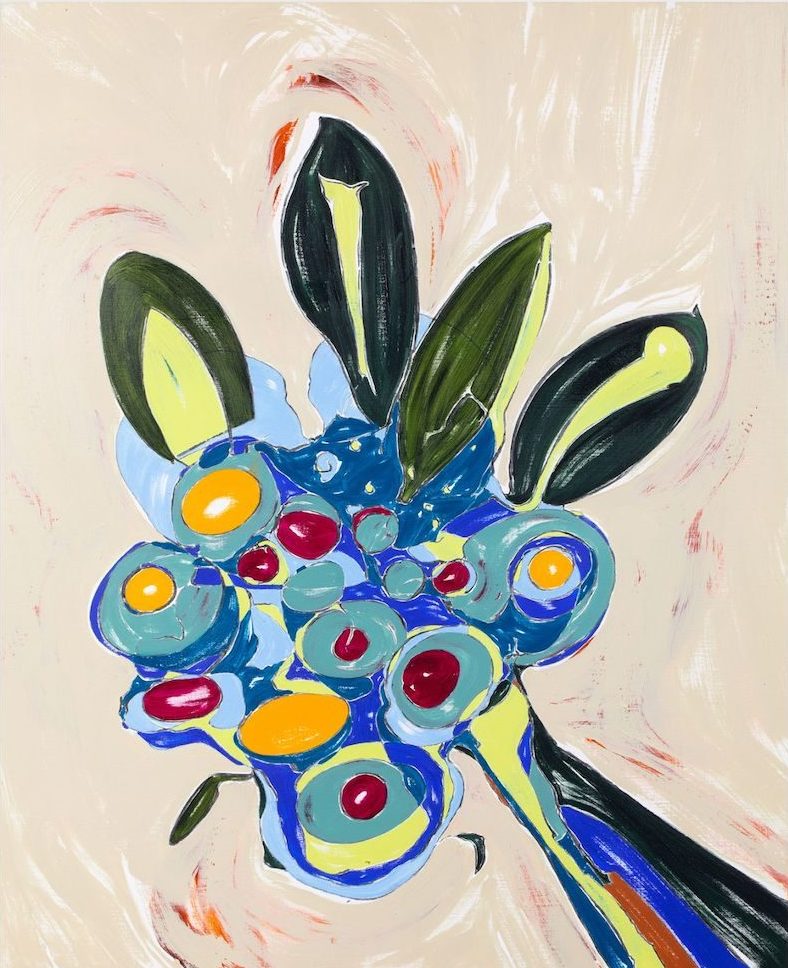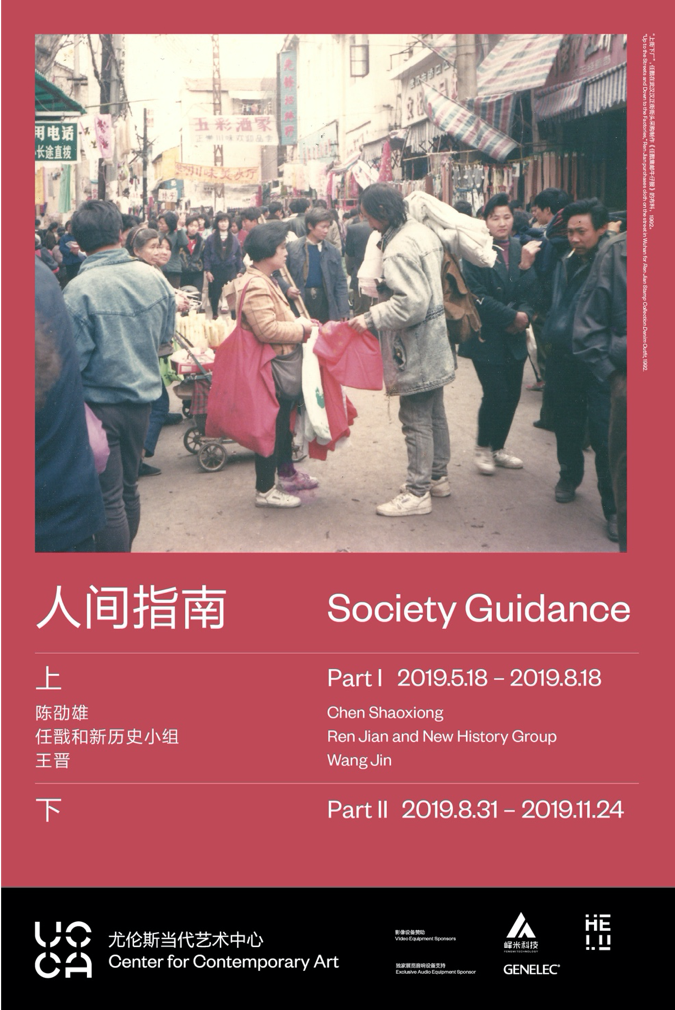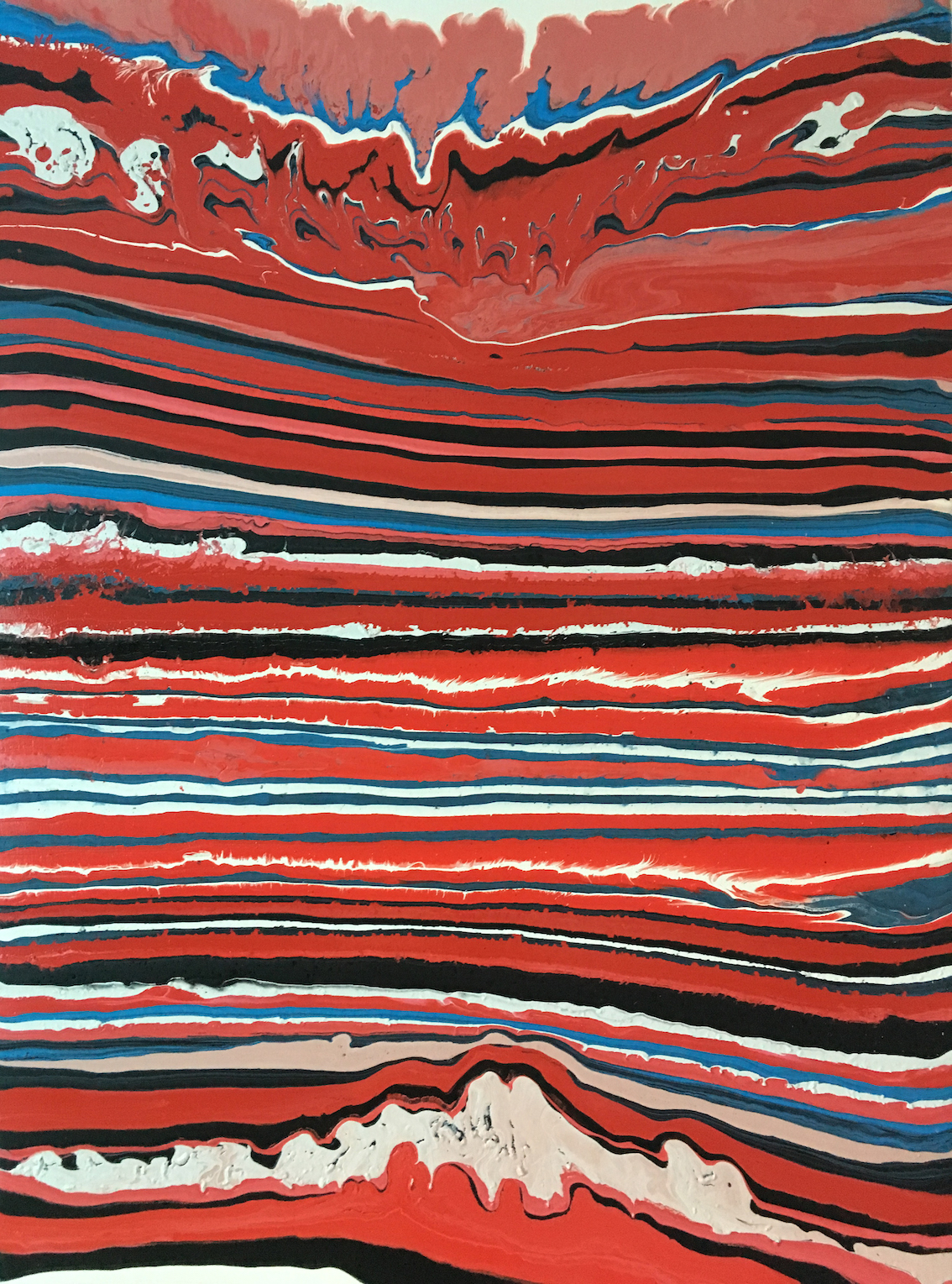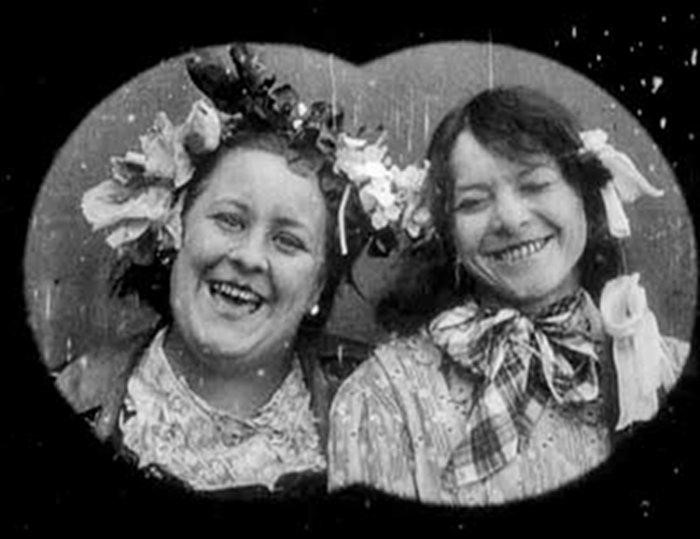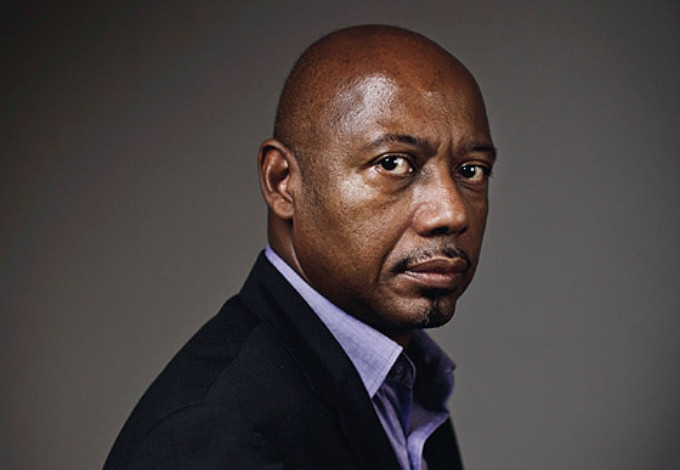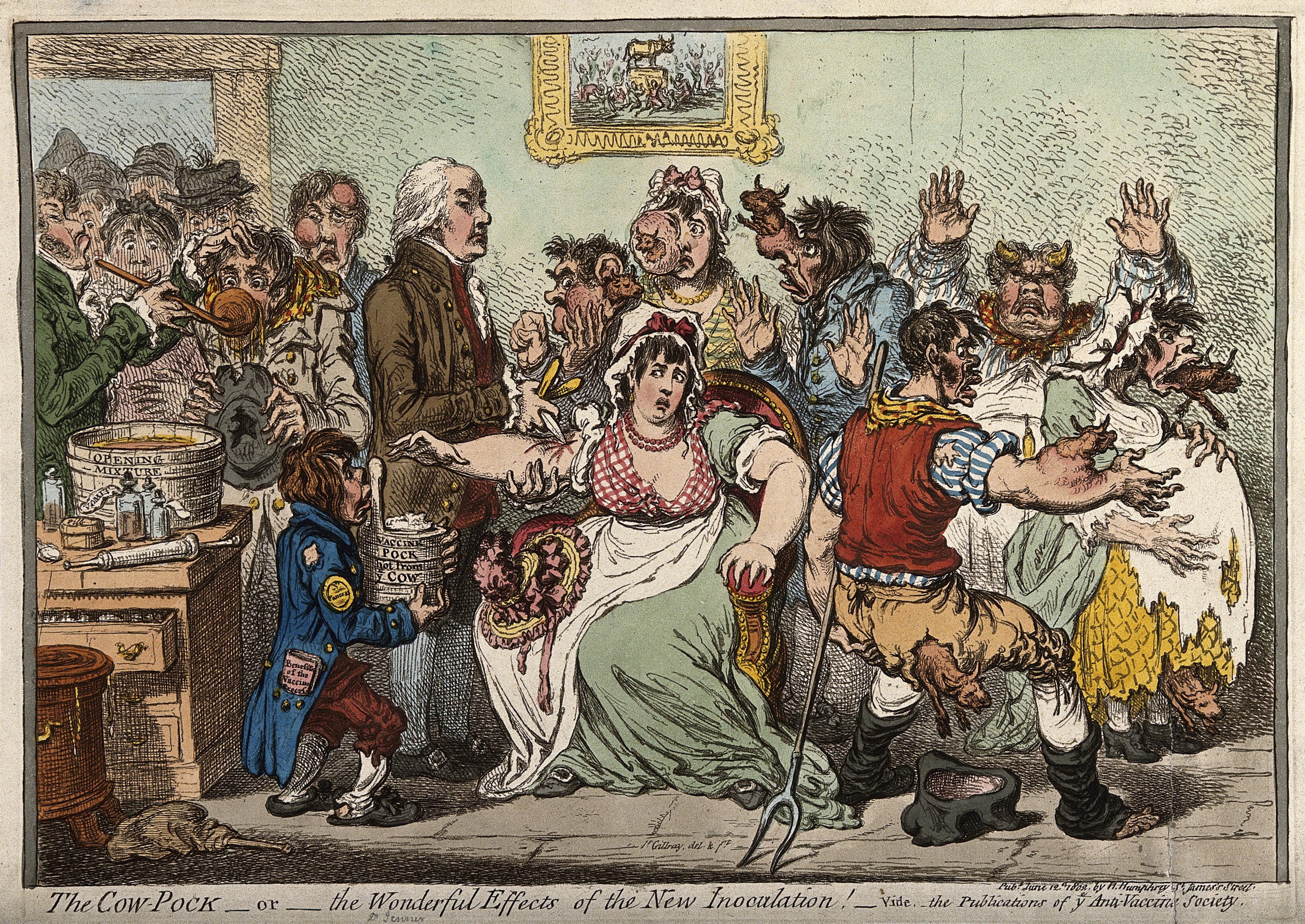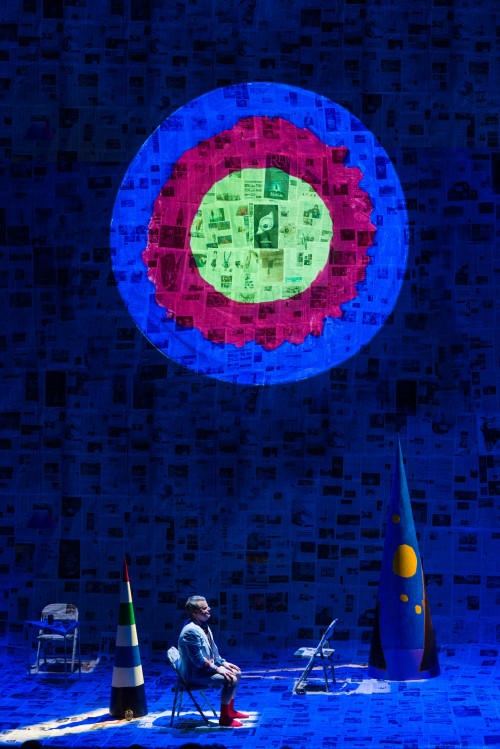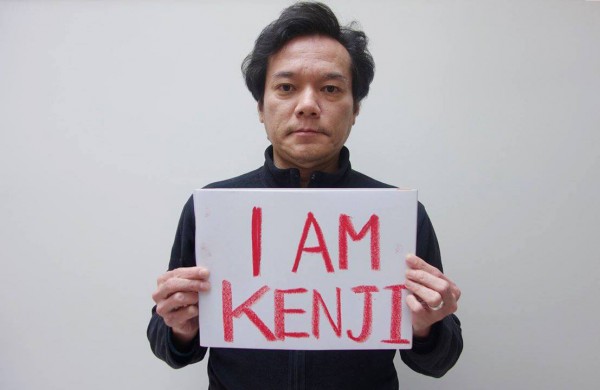Reading Douglas
by Xiao (Amanda) Ju I think of reading as one way to be in dialogue with Douglas, and, for me, he is such an important interlocutor. Reading Douglas has always been a bit difficult for me—part of it has to do with the fact that there is a whole set of English words that I have never said out loud––his writings include a whole lot of them! More affecting, however, is that Douglas was the teacher who held us accountable for “not knowing things.” He would get very frustrated with our lack of knowledge: what we excused as generational or cultural gaps, he took, I think, as all-too-precocious rigidities in cultural and historical interests. So when I stumble to read, a feeling of embarrassment always pricks me. There is what feels like a lack of ethics in these gaps of knowledge. I had read the chapter “Hotel Des Artistes” before, but of course had never read it out loud. This recording, embarrassing as it is, captures something personal about my relationship with the English language, …

